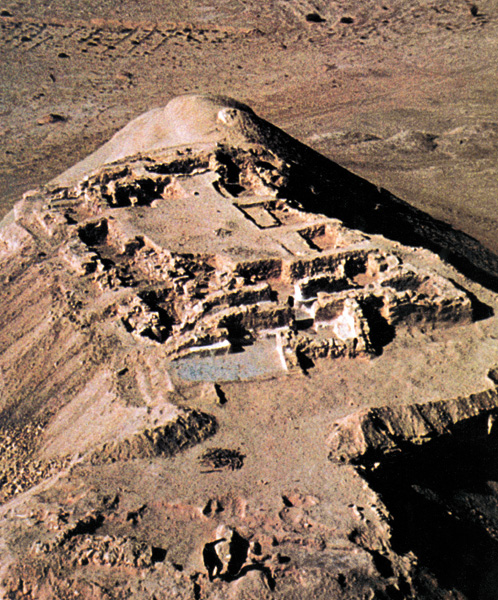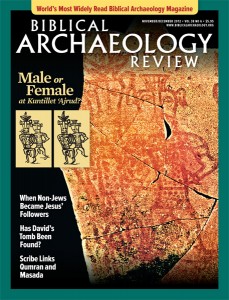The Persisting Uncertainties of Kuntillet ‘Ajrud

Everything about it has been difficult. Located in the Sinai desert about 10 miles west of the ancient Gaza Road (Darb Ghazza, in Arabic) as it passes through Bedouin territory separating the Negev from Egypt, it is remote and isolated from any other settlement. In 1975, a Tel Aviv University archaeologist named Ze’ev Meshel, together with a band of nine volunteers mostly from kibbutzim and a few colleagues as staff, decided to excavate the site. It has no Biblical name. The Bedouin call it Kuntillet ‘Ajrud, “the solitary hill of the water source.” Hoping for relatively comfortable weather, Meshel decided to begin the excavation in October, between the suffocating summer heat and the blinding winter sandstorms. “Unfortunately, we were gravely mistaken,” Meshel writes in the newly published excavation report (see sidebar). “The weather changed drastically from day to day, there were periods of non-stop winds, especially exposed on the summit of the hill, and the sun and dust blinded us and made excavation difficult.” They were forced to move their tent camp at the base of the hill from one side to the other and back again to prevent the wind from blowing it away. The weather proved no less violent during a second season in December 1975 and a third season in May 1976. Then they departed.
Already a library member? Log in here.
Institution user? Log in with your IP address.

